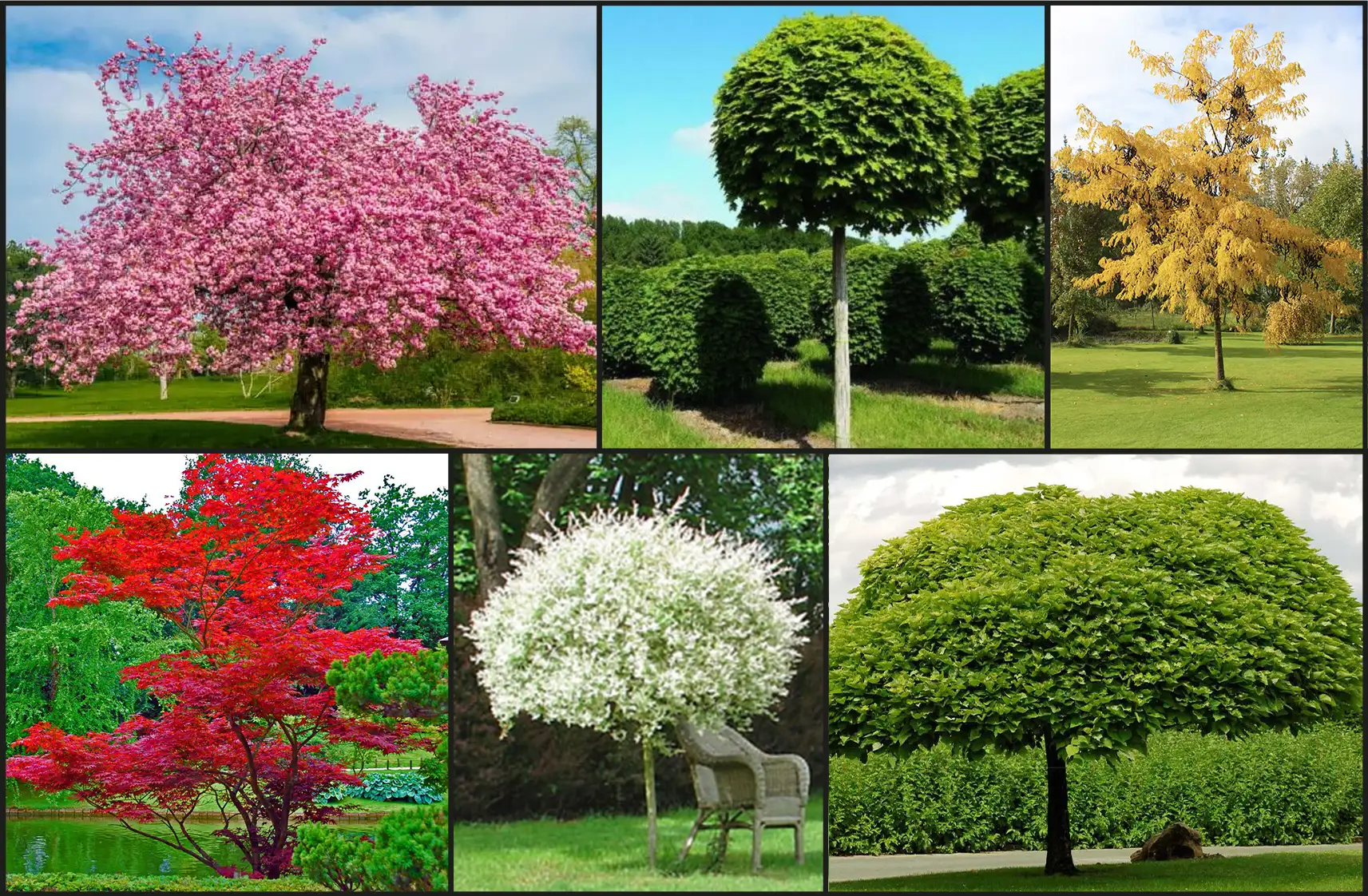In response to today’s environmental challenges, many people are seeking sustainable alternatives, including for their funerals. Ecological burial, also known as “natural burial” or “green burial,” is a solution that minimizes the environmental impact of funerals. This approach promotes environmentally friendly practices by avoiding chemicals, using biodegradable materials, and preserving natural spaces.
Returning to the Earth
One of the fundamental principles of ecological burial is allowing the body to return to the earth naturally. To achieve this, biodegradable coffins and urns replace varnished coffins and metal or ceramic urns.
Coffins can be made from renewable materials such as untreated wood, recycled cardboard, or natural fibers like bamboo and rattan. In some cases, biodegradable shrouds made of cotton or linen are used instead of a coffin to speed up decomposition.
Biodegradable urns can be made from cork, a natural and renewable material with exceptional properties, or from sand, salt, cardboard, and recycled paper. The biodegradable cork urn is particularly noteworthy as it holds the deceased’s ashes while also encouraging the growth of a tree in their memory.
Natural Cemeteries to Preserve the Environment
In addition to using eco-friendly materials, green burials often involve the creation of natural cemeteries. These green spaces are designed to respect local biodiversity by avoiding marble tombstones and promoting the planting of trees and wildflowers. Such places provide a peaceful environment for loved ones to gather while contributing to ecosystem conservation.
Alternatives to Traditional Burial
While burial in the ground remains an option, several eco-responsible alternatives are emerging, including:
- Sea burial, which can be conducted using soluble urns made of salt or sand, allowing the ashes to disperse naturally.
- Funeral Capsules. The Capsula Mundi funerary capsule is an organic and biodegradable egg-shaped capsule. The deceased is placed inside the cocoon, in the fetal position, and then buried underground. A seed or tree sapling of the family’s choice is then planted on top.
- Biodegradable Tree Urn: Designed to hold your loved one’s ashes and a sapling of your choice. With its two compartments, the urn gradually integrates the ashes into the tree’s root system, providing an optimal environment for growth.
In addition to these alternatives, certain ecological options can be prioritized:
- Ecological cremation, which aims to reduce greenhouse gas emissions and energy consumption.
- Aquamation, an innovative and environmentally friendly method that dissolves the body in a warm alkaline solution, leaving behind mineral remains similar to those of cremation but with a significantly lower carbon footprint.
The Biodegradable Cork Urn: A Living Tribute
The biodegradable cork urn is one of the most environmentally friendly solutions for ecological funerals. This natural material offers several benefits:
- Rapid biodegradability: Unlike ceramic or metal urns, cork decomposes without leaving polluting residues.
- Renewable resource: Cork comes from the bark of the cork oak, a tree that naturally regenerates after its bark is harvested.
- Ability to hold a young tree or plant: Some cork urns are designed to contain a young tree or plant, encouraging its rooting and growth.
- Enriching decomposition: As it decomposes, the urn releases nutrients that turn into natural compost, nourishing the tree and supporting its development.
A Powerful Symbol of the Life Cycle
The biodegradable cork urn not only offers an ecological alternative but also carries a strong symbolic meaning: renewal and the continuity of life.
- A lasting tribute: The tree that grows from the deceased’s ashes becomes a living natural monument.
- A natural place of remembrance: Instead of a tombstone, the planted tree serves as a space for reflection that evolves with the seasons.
- A gesture for the planet: Planting a tree contributes to reforestation and the fight against climate change.
A Healing Process in Grief
Choosing a biodegradable urn containing a tree is a soothing approach for loved ones. This process symbolizes the transformation of loss into an act of renewal, anchoring the memory of the deceased within the cycle of life.
In psychology, the tree is a strong symbol of personal development and connection to the unconscious. According to Carl Gustav Jung, the tree represents inner growth, resilience, and the link between different dimensions of human existence. Planting a tree in memory of a loved one embodies the idea that life continues in another form, reinforcing the grieving process and offering a comforting symbolic marker for loved ones.
This approach helps families reconnect with nature, integrate loss into an evolving process, and regain emotional balance by giving meaning to the departure of the deceased. The tree thus becomes a symbol of continuity, strength, and a living memory.
Conclusion
Ecological burial and biodegradable cork urns provide a meaningful and environmentally friendly alternative. They allow for a final tribute in harmony with nature. Choosing a green burial is a way to say farewell with respect for the Earth and for future generations.


0 Comments